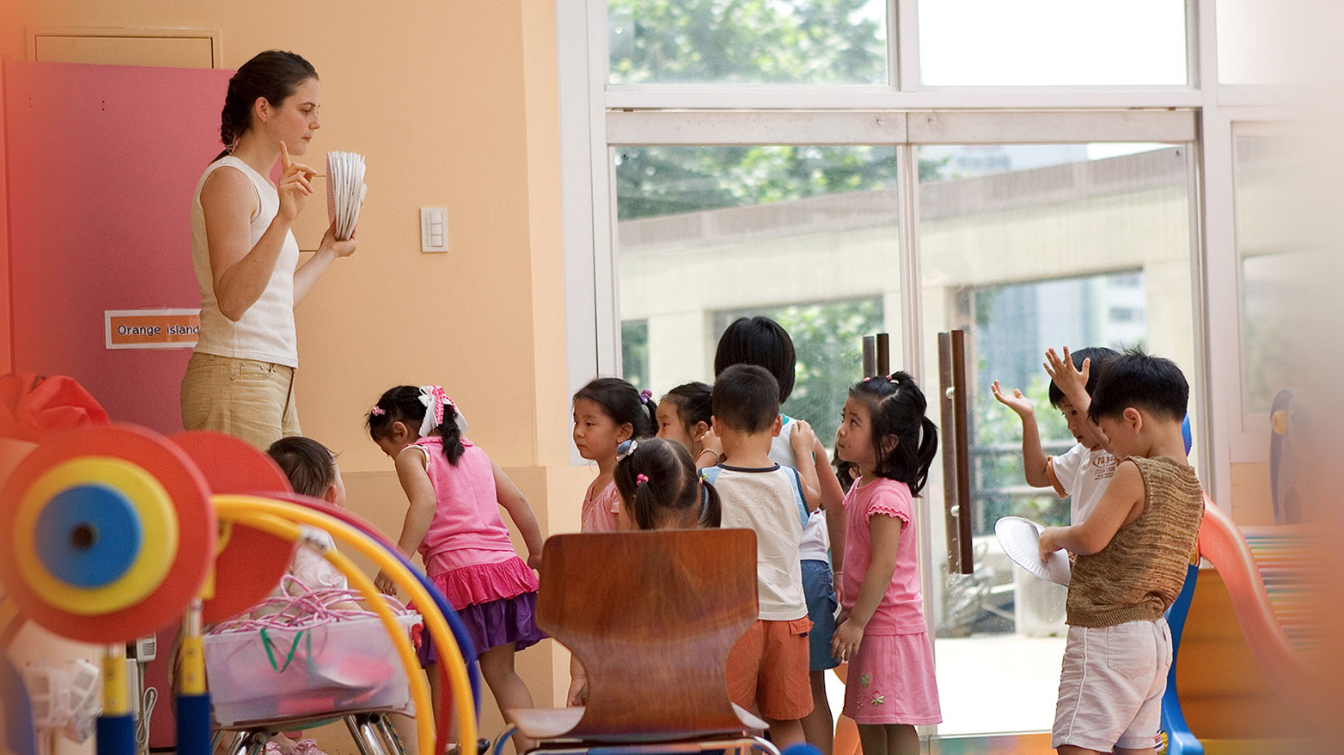When Zhao Zichun, founder and CEO of Koala Reading, was studying at Columbia University in 2014, he had his first encounter with Lexile, a system used in the US to measure the reading level of about half of all students in third through 12th grade.
Zhao was given the chance to sit in on an English class at an American elementary school that adopted Lexile measures. The teacher asked students to read the same article in multiple versions that differed in level of difficulty. Students with weaker reading comprehension skills could consequently understand the text as well as their more literate peers.
Zhao was impressed: “I have never seen similar methods in Chinese schools[...] Our standardized reading education is much less effective,” he said.
Leveled reading has been utilized by the Western world for almost a century; the first formula to quantify text readability was invented in 1923. Since then, teachers have used tools such as Lexile to help students become better readers by matching them to the right books for their level.
But in China, even as recently as the early 2010s, children could only find book lists sorted by suggested grade and age range. Books were classified, for instance, as "a fairy tale for children seven and under.” Zhao decried the leveled method used in China as “not scientific and precise.”
So he decided to create a better system. In September 2016, Zhao founded Koala Reading with Ren Yi, a data mining specialist and Peking University PhD holder. "We want to create the Chinese version of Lexile," said Zhao.
ZhenFund founder Bob Xu, an original co-founder of New Oriental Education & Technology Group, participated in Koala Reading’s seed funding round as soon as he learned that the company’s nascent products could potentially benefit Chinese students. More recently, in August 2018, the startup raised US$20 million in a Series B funding round by GGV Capital, XVC Venture Capital, Qiming Venture Partners and China Media Capital.
China’s online education market will be worth RMB 433 billion in 2020, from RMB 348 billion in 2018, forecasts iiMedia Research.
13 million Chinese characters
Zhao has likened leveled reading to shoe sales. A shoe retailer measures a child’s foot to determine his or her specific size; he doesn’t offer an age six or grade four shoe. Fit matters.
Classifying books by age and grade level makes sense, however, when one considers the complexity of creating a leveled reading system for the Chinese language. Compared with the 26 letters of the Roman alphabet, there are around 3,500 frequently used characters in Chinese.
To tackle this gargantuan task, Koala Reading’s R&D team invited Chinese language experts to label texts by difficulty level and then built a machine learning-powered system to learn the labeling methods.
After six months, the R&D team had created the startup’s Enjoy Reading (ER) Framework, a scientific approach to text and reading measurement. Koala Reading uses ER values to quantify both the difficulty level of any Chinese text and children’s reading levels.
According to the company's Chief Data Scientist Jake Zhao (Zhao Junbo), Koala Reading has built a language database of assessed materials that contains nearly 13 million Chinese characters. The data from the materials has been fed into their machine learning algorithms for more precise measurements of text difficulty and reading levels.
Koala Reading’s initial target user base was primary school students. In June 2017, Koala Reading released four versions of its app: one for students, teachers, parents and school administrators.
Partnering schools
On the student app, children can take the reading level test and then read texts that match their designated ER value. In order to encourage young readers, Koala Reading has implemented animated elements and gamification into the app’s user interface.
"Our original app design looked a bit too serious," said Zhao. The app now features a badge reward system to encourage students to finish assignments and form a reading habit.
Since the Chinese Ministry of Education enacted Gaokao (the National College Entrance Examination) reforms in 2014, the Chinese language test has become tougher and carries more weight in scoring.
The test paper now requires students to read more texts within the same time limit as the old test, an increase from 7,000 characters to 9,000, from a much wider selection of reading materials.
College admission is notoriously competitive in China, and Gaokao directly determines to which universities students receive admission. Both teachers and students’ parents have expressed a desire for more effective reading training during and after school. Statistics show that students trained using a leveled reading system in Western countries read 1.5 times more efficiently than those who are not, which bodes well for Koala Reading's prospects in the Chinese market.
The startup is now focusing on expanding its user base by partnering mainly with primary schools in less developed provinces such as Hebei, Jilin and Gansu. “We will launch paid services when student users reach 10 million,” said CEO Zhao.
Urban-rural education gap
“When working with public schools to test the reading level of students in 2017, we found that children from big cities have higher ER values than children of the same age from smaller cities,” said Zhao.
In response to these findings, Koala Reading chose Gansu, a province in Western China that lacks education resources, as its first market. Out of the 3 million students who use the platform, 900,000 are from fourth-tier and smaller cities.
“If we can help children from rural areas fall in love with reading and learn about a bigger world than the small villages in which they live, that would mean a lot to us,” said Zhao.














